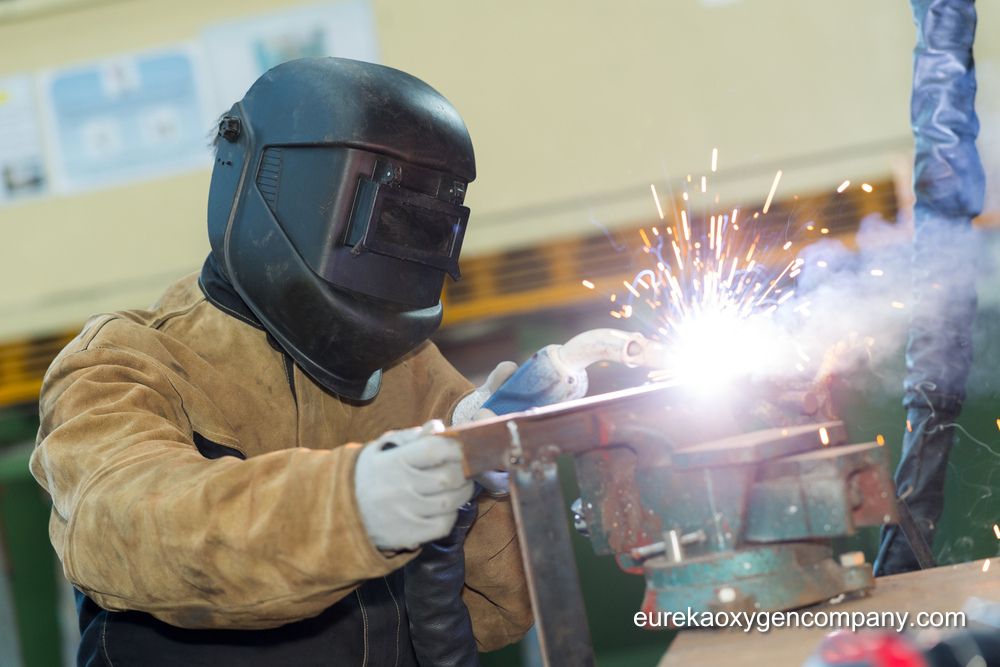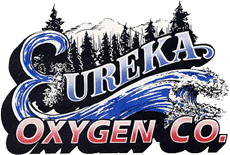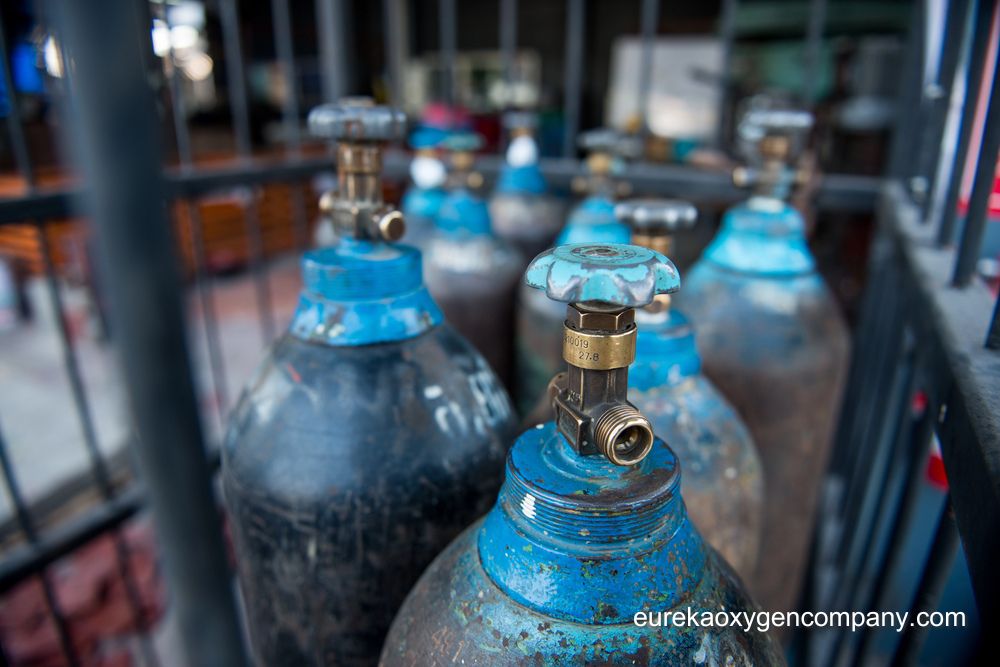Innovative uses of industrial gases you might not know about that are completely game-changing
While industrial gases are essential in welding and metal fabrication, their applications stretch across many industries, often in surprising ways. In this post, we’ll explore the ‘hidden’ uses of industrial gases that drive innovation and efficiency in sectors like food processing, healthcare, manufacturing, and more.
Industrial Gases in the Food Industry
Preservation and packaging are some of the main uses of industrial gases in the food industry, and more specifically, nitrogen. The inert gas is used in modified atmosphere packaging (MAP) to displace oxygen inside food packaging.

By reducing the oxygen level, nitrogen slows down the oxidation process, which can lead to spoilage and the growth of aerobic bacteria. This process becomes essential for extending the shelf life of perishable food like meat, dairy, and produce.
Another key component in the beverage industry is carbon dioxide (CO2), used to carbonate drinks such as soda, beer, and sparkling water. The gas is dissolved under pressure in liquids, creating the characteristic fizz that consumers enjoy. Beyond welding, CO2 is also used to create controlled atmospheres for brewing and fermentation processes, ensuring consistency and quality in beverage production.
Industrial Gases in Healthcare
Healthcare requires industrial gas applications for many different motives, like medical oxygen, cryogenic freezing, and anesthesia. Let’s take a closer look at each one.
Medical-grade oxygen is administered to patients with respiratory conditions like COPD, asthma, and pneumonia to improve oxygen saturation in the blood. It is also critical in emergency care, during surgeries, and in intensive care units to support patients who are unable to breathe adequately on their own.

In terms of nitrogen applications, we have cryotherapy, which uses liquid nitrogen for medical treatments. Since it can reach temperatures as low as -196°C, it can remove skin lesions, warts, and precancerous cells by freezing and destroying the targeted tissue.
Liquid nitrogen is also used in cryopreservation, where biological samples like sperm, eggs, and embryos are stored at extremely low temperatures for future use, preserving their viability over long periods.
Finally, anesthesia. Nitrous oxide, commonly known as “laughing gas,” is widely used in dental and surgical procedures as an anesthetic. It has analgesic and sedative effects, which help reduce pain and anxiety during medical procedures.
Industrial Gases in Manufacturing
In the steel industry, oxygen is used in the basic oxygen process (BOP) to produce steel from molten iron. By blowing oxygen into the molten iron, impurities such as carbon, sulfur, and phosphorus are oxidized and removed as slag. This process not only refines the iron into steel but also increases production efficiency, making it one of the most widely used methods in steelmaking.
Beyond welding, industrial gases like acetylene and oxygen are crucial in cutting, soldering, and brazing metals. Oxy-fuel cutting uses a high-temperature flame, created by burning acetylene in oxygen, to cut through thick metal plates with precision.

Innovative Uses of Industrial Gases
Industrial gas technology is not just limited to traditional applications, it is also driving innovation in emerging fields, and hydrogen fuel cells are a great example of this.
Hydrogen fuel cells convert hydrogen gas into electricity, emitting only water vapor as a byproduct. This technology is being used to power vehicles, including buses, trucks, and even trains, offering a sustainable alternative to fossil fuels.
In additive manufacturing, argon applications play a crucial role. They’re used to create inert atmospheres to prevent oxidation during the 3D printing of metals. This ensures the production of high-quality, defect-free components used in industries ranging from aerospace to healthcare.
Finally, in medical imaging like hyperpolarized MRI, gases like xenon and helium are used to enhance the visibility of organs and tissues. This cutting-edge technology provides clearer and more detailed images, improving the diagnosis of diseases such as lung disorders and cancer.
Final Words
Industrial gases are used in a wide range of industries, often in applications that are not immediately obvious. From food preservation and medical treatments to manufacturing and electricity, these gases are indispensable in driving innovation and maintaining the efficiency and safety of various processes.
At Eureka Oxygen, we have a wide range of welding supplies, including cylinder gases. Take a look at our locations and delivery area to see where you can find our nearest shop.

